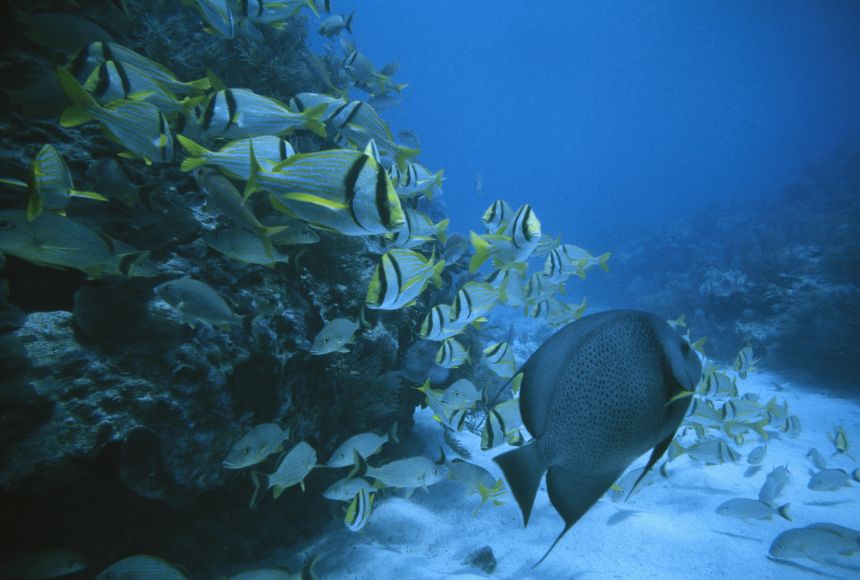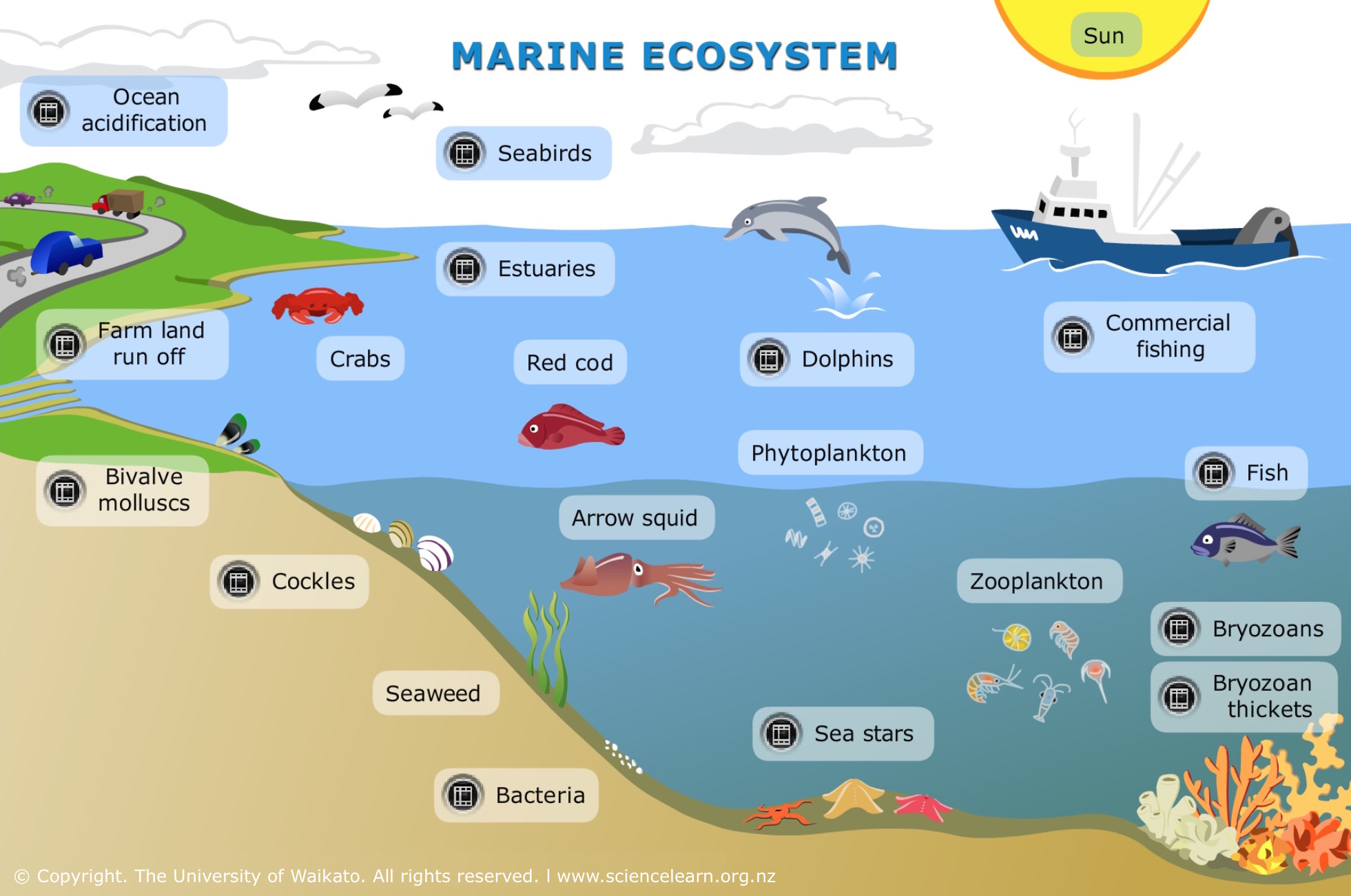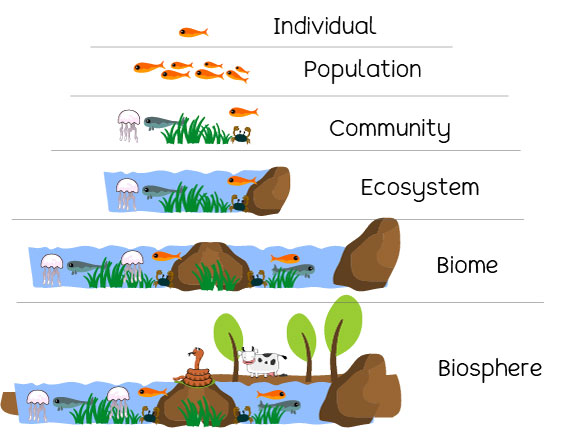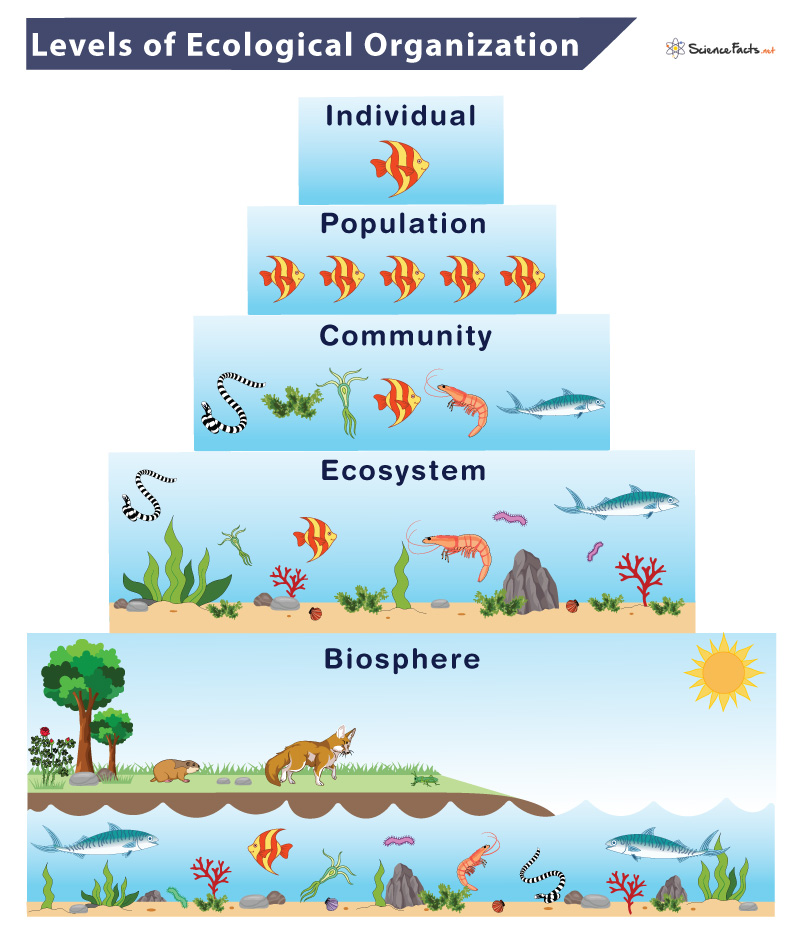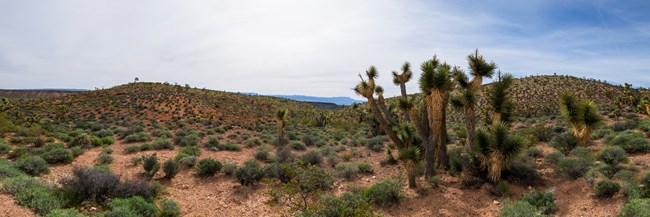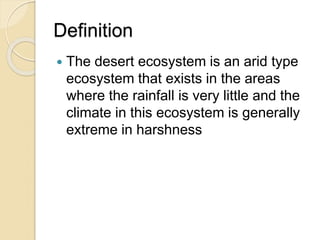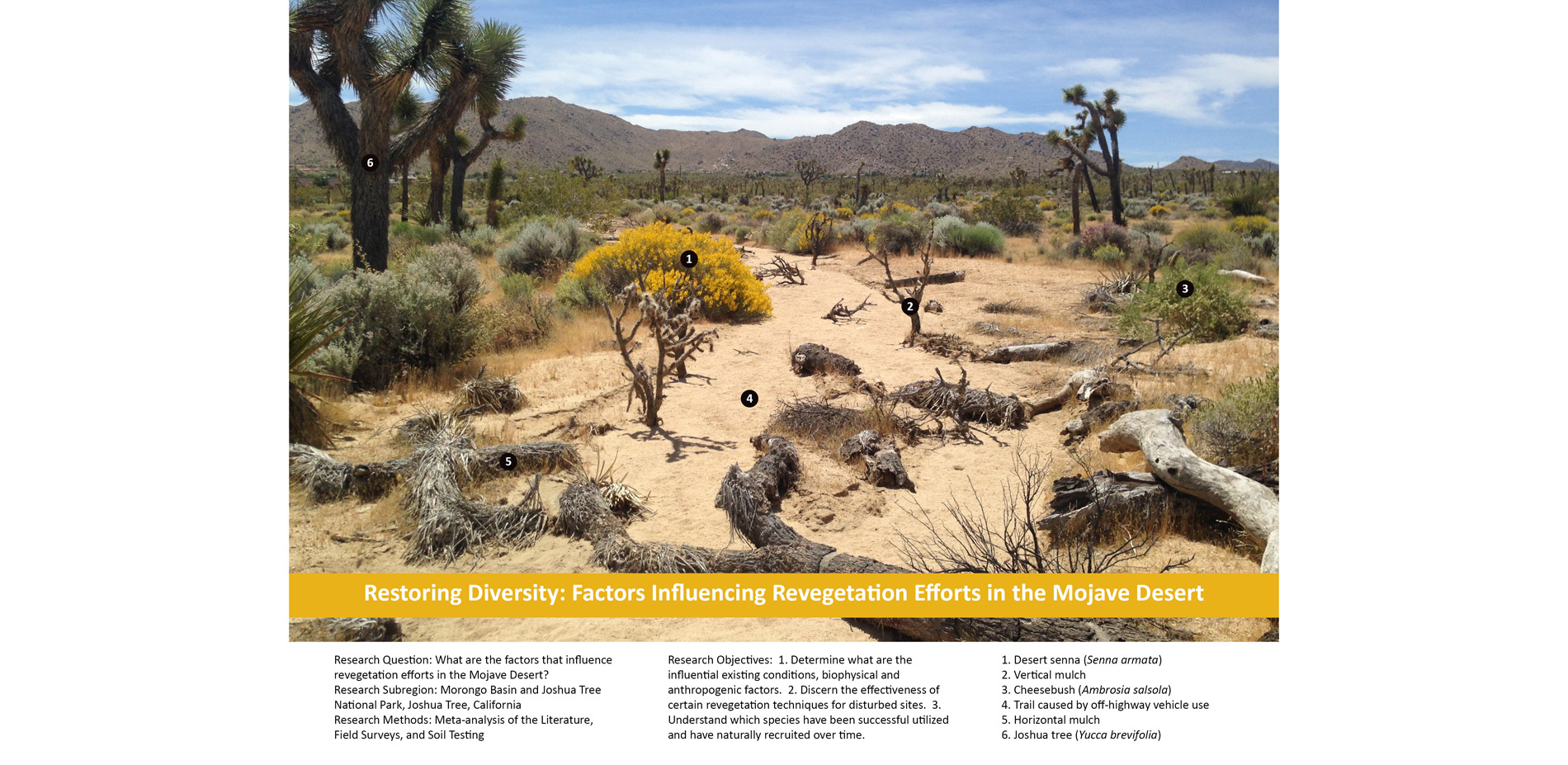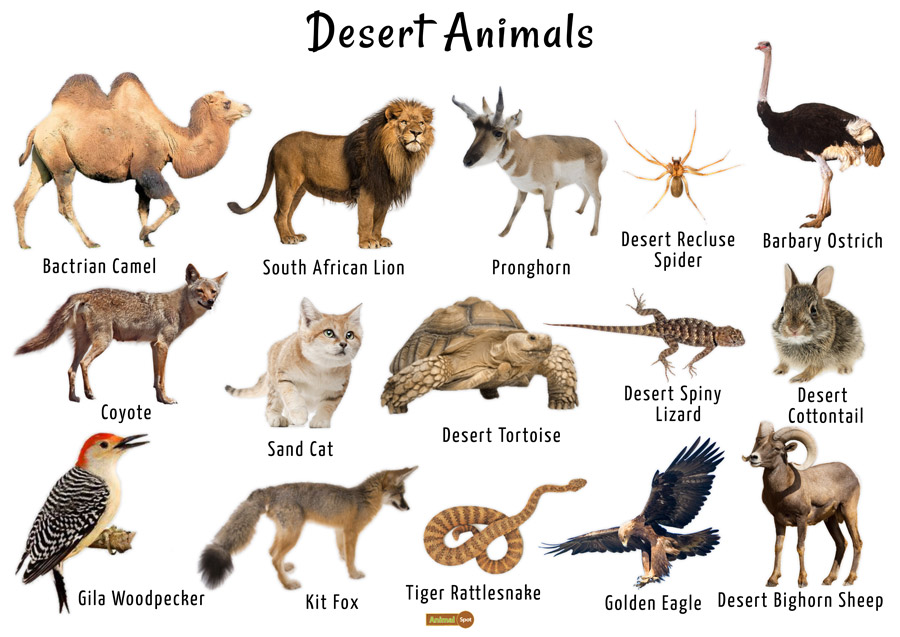Topic ecosystem ocean plants: Explore the critical role of ecosystem ocean plants, the hidden jewels beneath the waves, vital for marine life and global ecological balance.
Table of Content
- How do temperature, ocean depth, and distance from the shore affect the types of plants living in the ocean?
- Overview of Ocean Ecosystems
- Key Ocean Plant Species
- Importance of Phytoplankton
- Roles of Seagrasses in Marine Ecosystems
- Kelp Forests and Their Ecosystem Services
- Coral Reefs: Biodiversity Hotspots
- YOUTUBE: Marine Ecosystem Biology Animation
- Mangroves: Coastal Defenders
- Adaptations of Ocean Plants to Marine Life
- Threats to Ocean Plant Ecosystems
- Conservation Efforts for Ocean Plants
How do temperature, ocean depth, and distance from the shore affect the types of plants living in the ocean?
Temperature, ocean depth, and distance from the shore play key roles in determining the types of plants that can thrive in different areas of the ocean. Here is a breakdown of how each of these factors affects ocean plant communities:
- Temperature: Water temperature is a crucial factor in determining the distribution of ocean plants. Different species of plants have specific temperature ranges in which they can survive and reproduce. For example, kelp forests thrive in colder waters, while coral reefs require warmer temperatures.
- Ocean Depth: The depth of the ocean significantly impacts the availability of light, nutrients, and other vital resources that support plant growth. In the euphotic zone, which receives sufficient sunlight, photosynthetic plants can grow and flourish. As we move to greater depths, sunlight becomes scarce, leading to a decline in plant diversity.
- Distance from the shore: Proximity to the shore affects the availability of nutrients, sediment, and freshwater runoff that can influence the growth of plants. Coastal areas are rich in nutrients and are often home to dense seagrass meadows and saltmarshes. Deep ocean regions, on the other hand, receive fewer nutrients, limiting the types of plants that can survive there.
By considering these factors in combination, scientists can predict and classify the ecosystems found in different areas of the ocean. Understanding the relationship between temperature, ocean depth, and distance from the shore is vital for studying and protecting ocean plant communities and overall marine biodiversity.
READ MORE:
Overview of Ocean Ecosystems
Marine ecosystems, encompassing a vast and dynamic realm within the Earth"s hydrosphere, cover approximately two-thirds of the planet"s surface. These ecosystems are characterized by their salinity, depth, and the unique life forms they support. From the sunlit upper layers where photosynthesis powers life, to the mysterious deep-sea vents teeming with specially adapted organisms, marine ecosystems are divided into distinct zones and habitats, including estuaries, coral reefs, and the open ocean. Each of these zones plays a crucial role in maintaining the biodiversity and productivity of the oceans.
Estuaries, where rivers meet the sea, are nurseries for many marine species and are among the most productive ecosystems on Earth. Coral reefs, often termed the "rainforests of the sea," boast some of the highest biodiversities and serve as critical habitats for a myriad of marine organisms. The open ocean, vast and often deep, hosts a wide range of life forms, from microscopic phytoplankton to the largest whales, all adapted to life in this expansive environment.
Marine ecosystems are not only fundamental to the health of the global environment—regulating climate, carbon cycling, and supporting a wealth of biodiversity—but they are also vital for human societies, providing food, livelihoods, and recreational opportunities. However, these ecosystems face unprecedented threats from climate change, pollution, overfishing, and habitat destruction, underscoring the urgent need for conservation and sustainable management efforts to ensure their health and resilience for future generations.
:max_bytes(150000):strip_icc()/3-3612f0362edd4dbcb192589a466f2cb4.jpg)
Key Ocean Plant Species
Ocean ecosystems are teeming with plant life that plays crucial roles in maintaining marine biodiversity and ecological balance. These key species not only provide essential habitat for myriad marine animals but also contribute significantly to the global carbon cycle and oxygen production. Below are some of the most important ocean plant species.
- Phytoplankton: Microscopic plants that float in the ocean"s euphotic zone. They are the base of the marine food web and a primary source of oxygen.
- Seagrasses: Found in shallow, sandy coastal waters, seagrasses form extensive meadows that are vital breeding and nursery grounds for many marine species.
- Kelp: Large brown algae that form underwater forests, providing habitat, food, and shelter for diverse marine organisms.
- Coral Algae: Also known as zooxanthellae, these microscopic algae live symbiotically within coral polyps, contributing to the growth and color of coral reefs.
- Mangroves: Trees and shrubs that grow in coastal saline or brackish water, known for their dense roots that stabilize coastlines and support a diverse range of life.
These species are essential for the health of the marine environment, offering services from carbon sequestration to acting as storm buffers for coastal communities. The preservation of these key ocean plant species is vital for maintaining the health of the world"s oceans and the global environment.
Importance of Phytoplankton
Phytoplankton, the microscopic plant-like organisms inhabiting the sunlit layers of almost all oceanic and fresh water bodies, are fundamental to marine ecosystems. These tiny, photosynthetic creatures are not just the base of the aquatic food web; their role extends far beyond this, impacting the entire planet in several crucial ways.
- Base of the Marine Food Web: Phytoplankton serve as the primary producers in the marine environment, creating organic compounds from carbon dioxide and sunlight that feed a variety of marine life, from zooplankton to fish, whales, and even birds.
- Oxygen Production: Through photosynthesis, phytoplankton contribute significantly to the world"s oxygen supply, with estimates suggesting they produce about 50% of the Earth"s oxygen, which is essential for the survival of nearly all life forms on the planet.
- Carbon Sequestration: Phytoplankton play a key role in the global carbon cycle. They absorb carbon dioxide from the atmosphere, reducing greenhouse gases and mitigating the impact of climate change. When phytoplankton die, they sink to the ocean floor, effectively trapping carbon away from the atmosphere for millions of years.
- Climate Regulation: By influencing the Earth"s carbon cycle, phytoplankton are also crucial in regulating the planet"s climate. Their growth patterns and the amount of carbon they sequester can have significant effects on global temperatures and climate conditions.
- Indicator of Ocean Health: Changes in phytoplankton populations can indicate shifts in oceanic conditions, such as nutrient levels, water temperature, and pollution. Monitoring these changes helps scientists understand the health of marine ecosystems and predict the impact of environmental changes.
Their vast numbers and widespread presence make phytoplankton an essential element of the ocean ecosystem, supporting life both in the sea and on land. Protecting these microscopic organisms and the environments they inhabit is crucial for maintaining the balance of Earth"s ecosystems and the health of the planet.
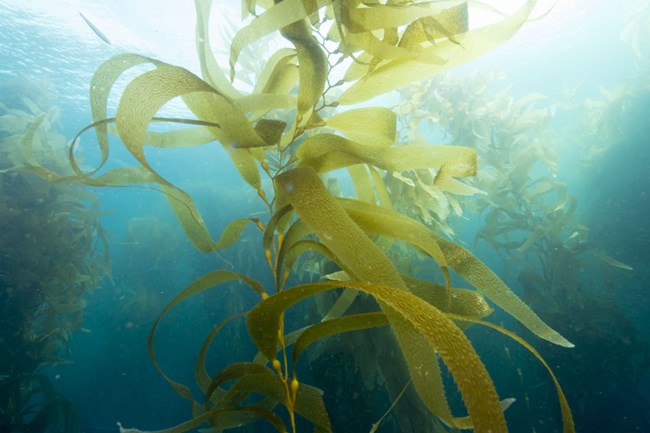
Roles of Seagrasses in Marine Ecosystems
Seagrasses are vital components of marine ecosystems, providing essential services and supporting biodiversity in coastal zones around the world. These submerged flowering plants thrive in shallow, sheltered marine waters, forming dense underwater meadows that are among the most productive ecosystems on Earth. The roles of seagrasses in marine environments are multifaceted and critical for the health of the ocean.
- Habitat Provision: Seagrass meadows offer shelter, breeding grounds, and nursery habitats for a wide variety of marine life, including fish, invertebrates, and endangered species like sea turtles and seahorses. These habitats are crucial for the survival of many species and support rich biodiversity.
- Food Source: Seagrasses serve as a direct source of nourishment for various marine organisms. They are eaten by herbivorous creatures, including dugongs and sea turtles, and provide food for small invertebrates, which in turn support higher trophic levels.
- Carbon Sequestration: Known as "blue carbon" sinks, seagrasses absorb and store carbon dioxide from the atmosphere at a rate faster than tropical forests. This ability makes them important players in the fight against climate change by mitigating the effects of greenhouse gas emissions.
- Water Quality Improvement: Seagrasses filter particles and nutrients from the water, improving clarity and quality. This filtration process helps maintain healthy conditions for coral reefs and other marine habitats that are sensitive to sedimentation and pollution.
- Coastal Protection: The dense root and rhizome systems of seagrass meadows stabilize sediments and reduce coastal erosion. By dampening wave energy, seagrasses protect shorelines from storm damage and sea-level rise.
- Oxygen Production: Through photosynthesis, seagrasses contribute significantly to oxygen generation in the marine environment, enhancing water quality and supporting aerobic life.
The conservation of seagrass meadows is critical for maintaining the health of marine ecosystems, supporting fisheries, protecting coastlines, and combating climate change. Despite their importance, seagrasses face threats from human activities, including coastal development, pollution, and climate change, making their protection a priority for marine conservation efforts.
Kelp Forests and Their Ecosystem Services
Kelp forests are among the most productive and dynamic ecosystems on Earth, found in cold, nutrient-rich waters around the world. These underwater forests, composed primarily of large brown algae, provide critical ecosystem services that support marine life, protect coastal areas, and benefit human communities. Here"s a look at the key services provided by kelp forests:
- Biodiversity Hotspots: Kelp forests offer habitat, food, and shelter for a diverse array of marine species, including fish, invertebrates, and marine mammals. This biodiversity is crucial for maintaining balanced marine ecosystems and supports commercial fisheries and recreation activities.
- Carbon Sequestration: Like terrestrial forests, kelp forests play a significant role in capturing carbon dioxide from the atmosphere, helping to mitigate the effects of climate change. The rapid growth rate of kelp allows these ecosystems to sequester large amounts of carbon efficiently.
- Coastal Protection: The physical structure of kelp forests reduces wave energy and prevents coastal erosion by buffering shorelines against storms and strong ocean currents. This natural barrier protects habitats and human settlements along the coast.
- Oxygen Production: Through photosynthesis, kelp produces oxygen, contributing to the global oxygen supply and supporting marine life that relies on oxygenated water for survival.
- Support for Fisheries: Kelp forests provide nursery habitats for many species of fish and invertebrates, some of which are important for commercial and recreational fishing industries. Healthy kelp ecosystems can enhance fish stocks and biodiversity.
- Water Quality Improvement: Kelp can absorb and filter out pollutants and excess nutrients from the water, improving water quality and clarity. This is essential for the health of marine environments and the species that inhabit them.
Despite their importance, kelp forests face threats from climate change, pollution, and overfishing, which can lead to their decline. Conservation efforts are critical to protecting these valuable ecosystems and ensuring that they continue to provide essential services for marine life and human communities alike.
:max_bytes(150000):strip_icc()/GettyImages-678842085-619dfaa3ec7e4b67b8e714ad7a546451.jpg)
Coral Reefs: Biodiversity Hotspots
Coral reefs, often described as the rainforests of the sea, are one of the most biodiverse ecosystems on the planet. Found in warm, shallow waters of the world"s oceans, they are home to an astonishing variety of marine life. Coral reefs play several critical roles in the marine environment and provide numerous benefits to humans. Here"s an overview of their significance:
- Rich Biodiversity: Coral reefs support over a quarter of all marine species, including fish, invertebrates, mammals, and seaweeds, making them vital for marine biodiversity.
- Nursery Areas: Many fish species rely on coral reefs for breeding and as nursery grounds where their young can find food and shelter from predators.
- Coastal Protection: Reefs act as natural barriers, protecting shorelines from erosion and the impact of storms by absorbing wave energy.
- Economic Value: Coral reefs are invaluable to local economies through tourism, fishing, and as sources of new medicines. They support millions of jobs worldwide and generate billions of dollars annually.
- Carbon Sequestration: Although not as well-known for this service as forests, coral reefs do sequester carbon, contributing to the mitigation of climate change effects.
- Education and Research: As living laboratories, coral reefs provide opportunities for scientific research and education, offering insights into marine biodiversity and conservation strategies.
The preservation of coral reefs is critical, yet they are under threat from climate change, overfishing, pollution, and destructive fishing practices. Coral bleaching events, driven by rising sea temperatures, pose a significant risk to reef health. Conservation efforts and sustainable practices are essential to protect these ecosystems for future generations.
Marine Ecosystem Biology Animation
Get ready to be mesmerized by the magical world of animation! Watch this captivating video filled with stunning visuals and captivating storytelling that will transport you to a land of imagination and wonder.
Marine Ecosystem Iken Edu
Discover the power of education with Iken Edu! This incredible video will take you on a journey of learning and exploration, filled with interactive and engaging content that will make learning a fun and enriching experience. Don\'t miss this opportunity to expand your knowledge and ignite your curiosity with Iken Edu!
Mangroves: Coastal Defenders
Mangroves are unique ecosystems located at the interface between land and sea in tropical and subtropical regions around the world. These vital ecosystems play a crucial role in coastal protection, biodiversity support, and the provision of ecosystem services. Here"s an overview of the roles mangroves play as coastal defenders:
- Protection Against Erosion: The complex root systems of mangrove trees stabilize shorelines and reduce erosion by trapping sediments from the water.
- Buffer Against Storms: Mangroves act as natural barriers against tropical storms and hurricanes, absorbing and dissipating wave energy before it can impact coastal communities.
- Nurseries for Marine Life: The protected waters among mangrove roots provide a safe haven for fish, crustaceans, and other marine species to breed and develop, supporting commercial fisheries.
- Carbon Sequestration: Mangroves are highly efficient at capturing and storing carbon dioxide from the atmosphere, making them important carbon sinks in the fight against climate change.
- Biodiversity Hotspots: These ecosystems are home to a wide variety of species, some of which are found nowhere else on Earth, making them critical for maintaining global biodiversity.
- Water Quality Improvement: Mangroves filter pollutants and excess nutrients from water, improving the quality of the surrounding marine environment.
Despite their importance, mangroves are among the most threatened habitats globally, with pressures from land development, aquaculture, and climate change leading to significant losses. Conservation and restoration efforts are vital to safeguard the services provided by these ecosystems to humanity and the environment.
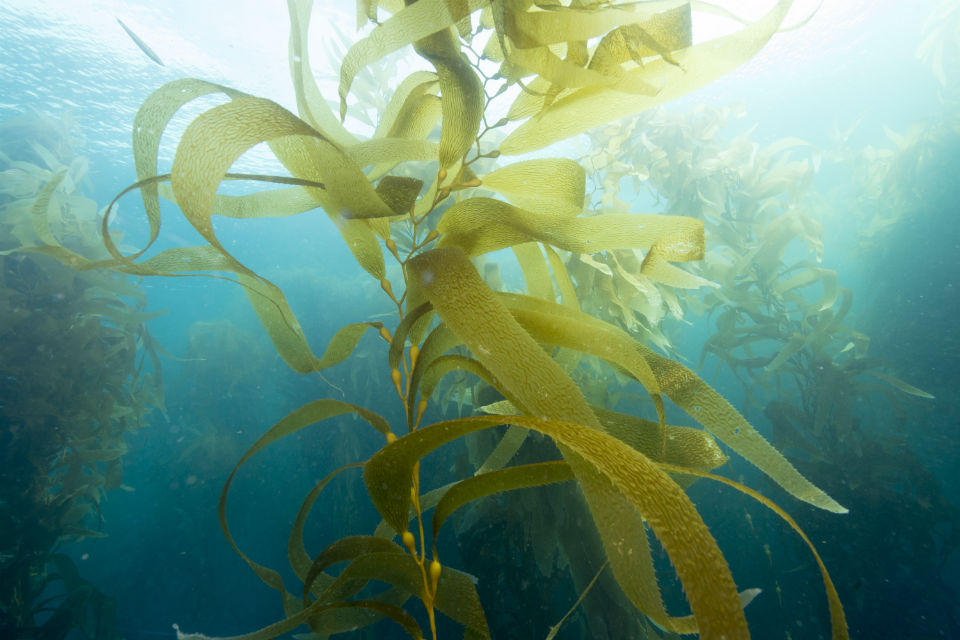
Adaptations of Ocean Plants to Marine Life
Ocean plants have evolved a variety of fascinating adaptations to thrive in the marine environment. These adaptations allow them to survive in a range of conditions from the intertidal zone to the deep sea. Understanding these adaptations provides insights into the resilience and complexity of marine ecosystems.
- Salt Tolerance: Marine plants have developed mechanisms to deal with the saltiness of seawater. Some can extract salt from the water, while others store salt in their tissues to maintain internal balance.
- Root Systems: Plants like mangroves have specialized root systems that allow them to anchor in the soft, unstable sediments of coastal areas. Their roots also enable gas exchange in low-oxygen environments.
- Buoyancy: Many seaweeds and kelps have gas-filled bladders that help them stay upright and float towards the light, maximizing photosynthesis in the nutrient-rich upper layers of the ocean.
- Flexible Structures: Ocean plants often have flexible stems and leaves, allowing them to move with the water currents and waves rather than resist them, reducing the risk of damage.
- Light Absorption: In deeper waters, light is scarce. Many deep-sea plants have adapted to efficiently absorb and utilize available light, often through large surface areas or by synthesizing pigments that can capture a wide range of light frequencies.
- Reproductive Strategies: Marine plants have developed various reproductive adaptations to ensure their survival. Some release large quantities of eggs and sperm into the water to increase the chances of fertilization, while others have evolved to reproduce asexually.
These adaptations not only highlight the resilience and diversity of ocean plants but also underscore the complexity of marine ecosystems. Protecting these environments is crucial to preserving the unique life forms they support.
Threats to Ocean Plant Ecosystems
Ocean plant ecosystems, including mangroves, seagrasses, kelp forests, and coral reefs, face numerous threats that can impact their health and survival. These ecosystems are vital for the marine environment, providing essential services such as carbon sequestration, habitat provision, and coastal protection. Understanding these threats is crucial for developing effective conservation strategies.
- Climate Change: Rising sea temperatures and ocean acidification pose significant threats to ocean plants, leading to phenomena like coral bleaching and affecting the growth of seagrasses and kelps.
- Pollution: Runoff containing pesticides, fertilizers, and other chemicals from agricultural and urban areas can lead to eutrophication, harming ocean plants by creating dead zones where oxygen levels are too low to support most marine life.
- Overfishing: The removal of key species through overfishing can disrupt the balance of marine ecosystems, affecting the health of ocean plants by altering their habitat and the availability of nutrients.
- Physical Destruction: Coastal development, dredging, and certain fishing practices like bottom trawling can physically damage or destroy ocean plant habitats, leading to loss of biodiversity and ecosystem services.
- Invasive Species: The introduction of non-native species can outcompete native ocean plants for light and nutrients, sometimes leading to the decline or extinction of native species.
- Sea Level Rise: The rise in sea levels associated with climate change can drown mangrove forests and affect the light availability for seagrasses and coral reefs, impacting their ability to photosynthesize and survive.
Addressing these threats requires global cooperation and the implementation of conservation measures that include protected areas, sustainable fishing practices, pollution control, and efforts to mitigate climate change. The survival of ocean plant ecosystems is crucial for the health of the planet and the well-being of future generations.

READ MORE:
Conservation Efforts for Ocean Plants
The conservation of ocean plants, including seagrasses, mangroves, kelp forests, and coral reefs, is crucial for maintaining the health of marine ecosystems and the overall well-being of our planet. Numerous strategies and initiatives have been implemented worldwide to protect these vital ecosystems. Here"s an overview of key conservation efforts:
- Marine Protected Areas (MPAs): Establishing MPAs to restrict human activities in critical habitats, allowing ocean plants to recover and thrive.
- Restoration Projects: Actively restoring damaged or destroyed habitats through replanting initiatives and the removal of invasive species that threaten native ocean plants.
- Climate Change Mitigation: Addressing the root cause of many threats to ocean plants by reducing greenhouse gas emissions and implementing strategies to increase the resilience of marine ecosystems to climate change.
- Regulating Fishing Practices: Implementing sustainable fishing practices to prevent overfishing and the destruction of plant habitats from practices like bottom trawling.
- Pollution Control: Reducing runoff of pollutants and plastics into the ocean through improved waste management practices and the treatment of industrial and agricultural effluents.
- Public Education and Awareness: Increasing public awareness about the importance of ocean plants and the threats they face through educational programs and campaigns.
- International Cooperation: Collaborating across borders to create comprehensive conservation strategies, recognizing that ocean health is a global concern.
These efforts require the cooperation of governments, NGOs, scientists, and communities to be effective. The conservation of ocean plants is not just about protecting marine biodiversity but also about sustaining the livelihoods of billions of people who depend on healthy oceans.
Discover the wonders of ocean plant ecosystems and their pivotal roles in our planet"s health. From nurturing marine biodiversity to combating climate change, these aquatic marvels are the unsung heroes of the marine world. Join us in exploring and protecting these vital ecosystems for future generations.
